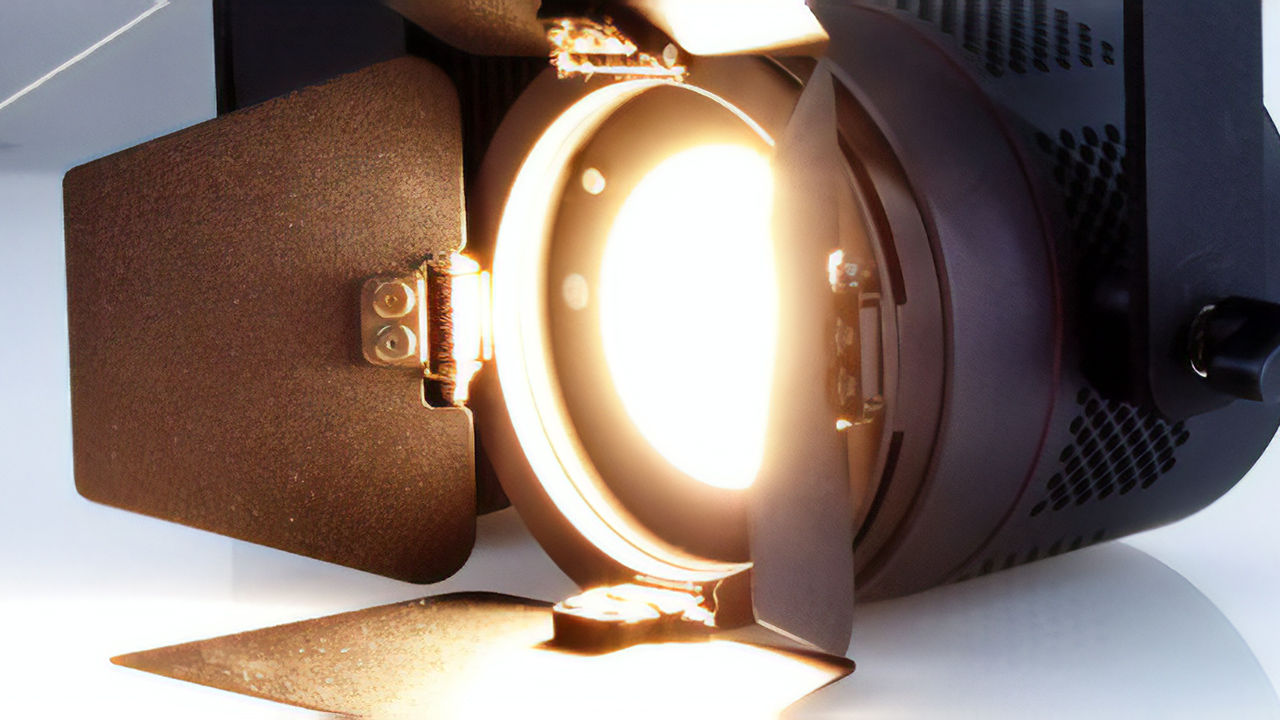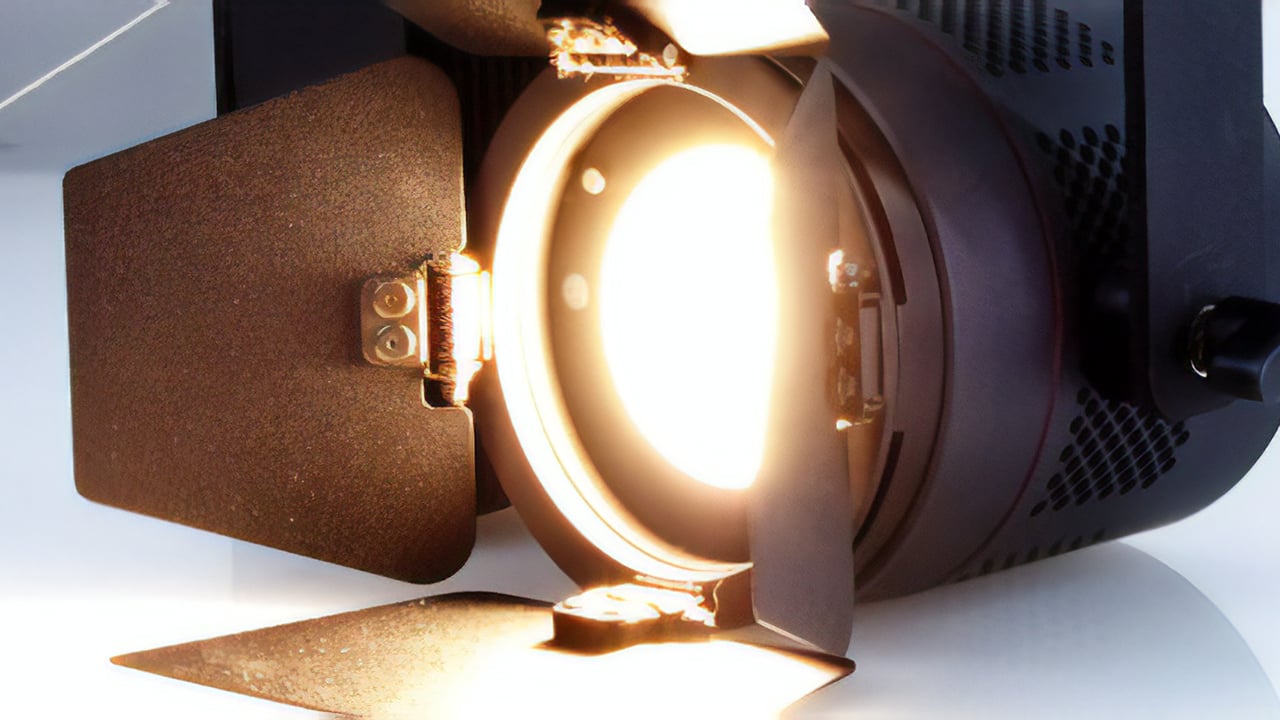
 The Fiilex C360 and C365 series are ideal for small to medium studio setups
The Fiilex C360 and C365 series are ideal for small to medium studio setups
New power efficient LEDs from Fiilex look to be ideally suited to small to medium studio setups.
The technology at the core of LED lighting is so new that it's in a constant state of flux. By comparison, while we've had white LEDs for a decade or so, fluorescent tubes date from at least the early twentieth century. They have been worked on a lot since, and fluorescent is now a stable and mature technology. In contrast, the current LED situation will probably be looked back on as the early days. As such, as LED continues to supplant fluorescent in a wide variety of applications, we would expect LED performance to continue changing quite quickly – and it has, in terms of both output and colour quality.
The C360 and C365
One company whose products have been very much following the curve of progress in LED lighting is Fiilex, whose latest announcement involves the C360 series. The C360 and C365 add some physical conveniences to the company's existing lineup by providing hardware to rig the lights from a conventional lighting grid, as well as integrating the power supplies into the yokes. It's a studio tool, really, but an integrated power supply avoids the issue of some LED lights which can involve a separate power supply and controller device. That, in turn, requires a considerable collection of equipment simply to illuminate one light. This can certainly look untidy when dangling from a grid and is a pain in general. At around 90 watts, the C series are not huge lights, but even with the integrated power supply and barn doors, they're admirably compact, with a clearance below an overhead grid of only about 14 inches. Weight is about a kilo and a half.
The C series uses the same underlying technology as the company's P360 Pro Plus light, an update to previous P-series models based on newly available LED technology. The update added a wider colour temperature range as well as a plus-and-minus green option. The option to swing a light's output between green and magenta is rare but useful because the traditional colour temperature adjustment only allows for changes along (ideally) the blackbody curve, the single line of orange to bluish whites that we think of as colour temperature changes. Adding a green to magenta adjustment allows users to pick a colour from within a two-dimensional area, something that's especially useful when trying to match other lighting. Particularly, practicals in a location may have a very poor colour rendering and it's often important to be able to match whatever results they happen to give on camera, which can then at least be corrected back towards normality in post. Natively, the lights achieve a healthy minimum TLCI of 97 at 3200K.
Price
The C360 goes for a hair under US$1000 at B&H and at the time of writing the more portable P360, which leaves the power supply separate, was exactly the same price. The biggest functional difference is that the P360 accepts either battery or mains power, whereas the studio-oriented C360 series expects mains power only. These prices maintain Fiilex's established position towards the upper end of the market, though there's a bargain to be had on 3-light kits at around two and a half times the price. There's a $3245 version which includes three lights and three fresnel lens attachments for them.
More information can be found on the Fiilex website.
Tags: Production


Comments